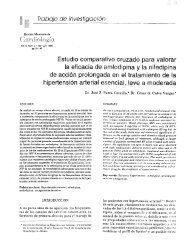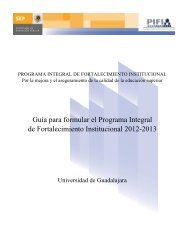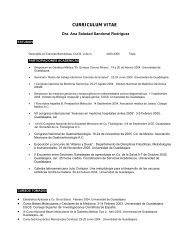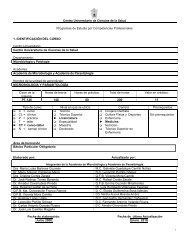Desigualdad Social y Equidad en Salud: Perspectivas Internacionales
Desigualdad Social y Equidad en Salud: Perspectivas Internacionales
Desigualdad Social y Equidad en Salud: Perspectivas Internacionales
- No tags were found...
Create successful ePaper yourself
Turn your PDF publications into a flip-book with our unique Google optimized e-Paper software.
was very similar across income groups, differing significantly only for the wealthiestquintile (Sapelli 2004). The governm<strong>en</strong>t of Chile is in the process of reforming thehealth system again, giving priority to primary health care and providing an ext<strong>en</strong>dedpackage of health services to the most vulnerable sectors of the population.Health service in Colombia, with similar characteristics to the Chilean system,seems to have a better effect in the access to services of the population although thebalance is not <strong>en</strong>tirely satisfactory. Some authors have described a positive t<strong>en</strong>d<strong>en</strong>cythat looks as if it were more related with an increm<strong>en</strong>t of the coverage of assurancesthan a real increm<strong>en</strong>t of the access to services. In a study held betwe<strong>en</strong> 1993 and1997, the coeffici<strong>en</strong>t of inequity (CI) for access to insurance deceased from 0.34 to0.17; simultaneously, coverage increased from 23% to 57%, especially among thepoorest segm<strong>en</strong>ts of the population, where it increased from 3.7% to 43.7% as aresult of subsidies provided by local governm<strong>en</strong>ts. However, the CI for utilization ofhealth care services did not vary significantly (Cespedes-Londono, Jaramillo-Perez etal. 2002). Increased disease preval<strong>en</strong>ce and utilization of services among the insured,due to biased selection of risks and moral hazards, were also docum<strong>en</strong>ted.Although these descriptions of some possible positive effects in equity of accessbetwe<strong>en</strong> differ<strong>en</strong>t income groups exist (Jaramillo 2002), several barriers in accesshave also be<strong>en</strong> described. In fact, a cross-sectional study of access to health servicesin Bogotá, where one fifth to fourth part of the population, id<strong>en</strong>tified four principalbarriers to access: the lack of universal coverage, the exist<strong>en</strong>ce of two regimes of affiliation,the limitations of the packages of health services and adopted mechanismof co-paym<strong>en</strong>ts (Martínez, Rodríguez et al. 2001). The coverage reached in Colombiais far from the expected according to the cost of the system. It has be<strong>en</strong> reportedthat almost 40% of the population is in a situation of vulnerability (Hernandez2002). Moreover, this lack of coverage <strong>en</strong>tails serious equity problems. In 1999, 6out of the 9 departm<strong>en</strong>ts with less than 37.5% of dissatisfaction of basic needs hadmore coverage from subsidy than the national average, while 20 out of 24 departm<strong>en</strong>tswith more than 37.5% of dissatisfaction had a lower average of coverage ofsubsidy than the national mean (Málaga, Latorre et al. 2000). In addition, the exist<strong>en</strong>ceof two regim<strong>en</strong>s of affiliation serves to segm<strong>en</strong>ts the access to health services asa result of criteria that do not dep<strong>en</strong>d on the population’s needs but rather they arebased on the income and labour status of people. Although in Colombia there is auniversal basic package for those affiliated to the system, the offer of additional privatepackages implies a differ<strong>en</strong>ce in the services. Ev<strong>en</strong> the basic package of servicesof the subsidised regim<strong>en</strong> includes fewer services than the package offered to thosedirectly affiliated (Vargas, Vazquez et al. 2002). These differ<strong>en</strong>ces may increase ev<strong>en</strong>more the inequity as they allow the acquisition of private additional packages by therich population. Moreover, barriers of access to the poor population due to highco-paym<strong>en</strong>ts of those services included in their package have also be<strong>en</strong> described.(Homedes and Ugalde 2005)16 Dec<strong>en</strong>tralization And Equity
















